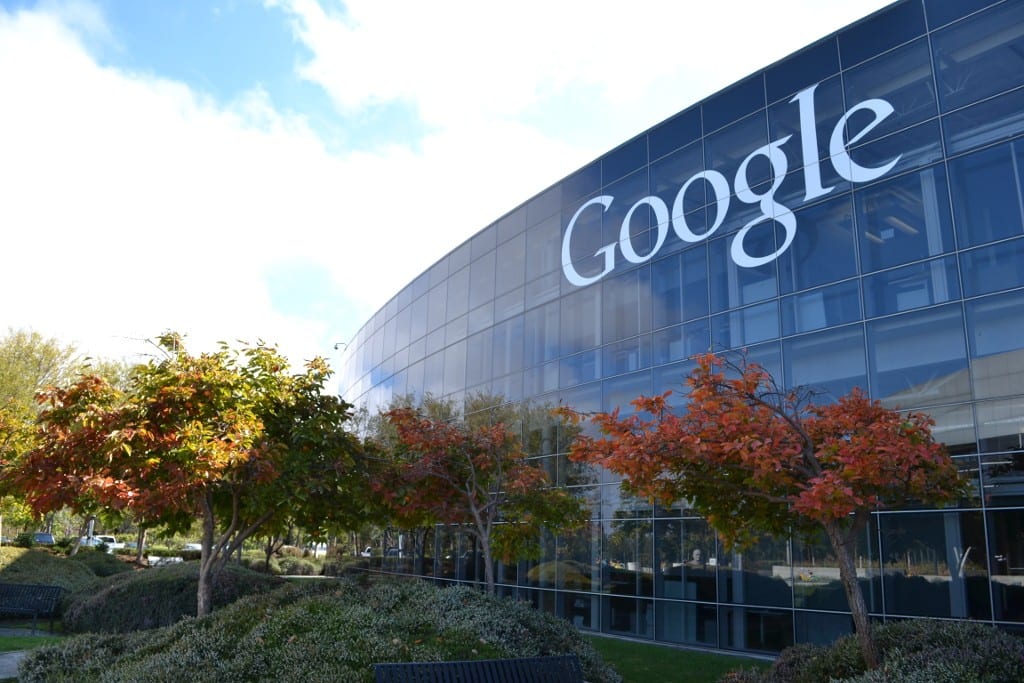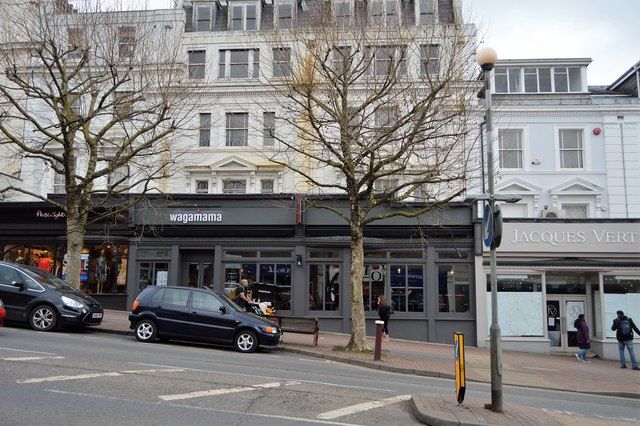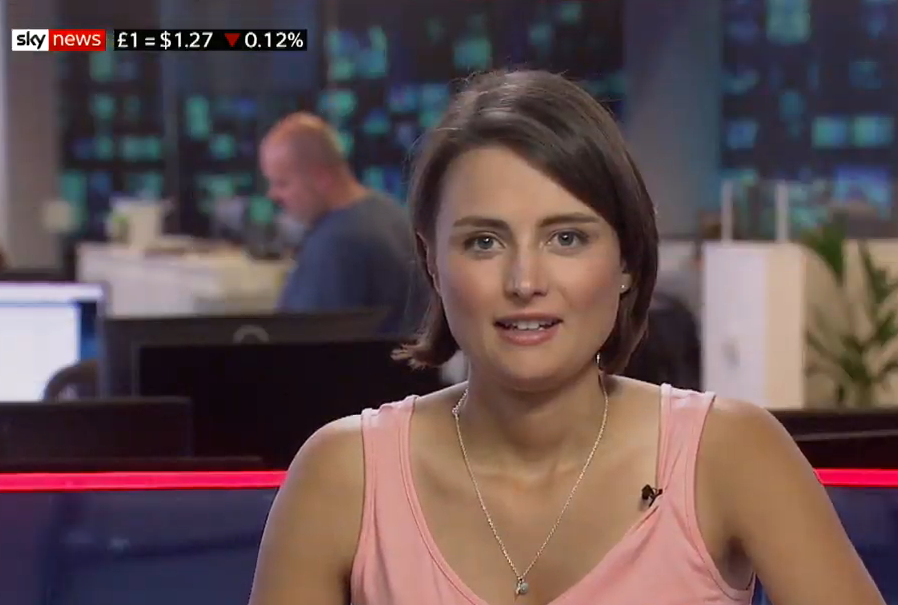The gender pay gap has been a source of heated discussion over the last few years. Current figures show that 78 per cent of companies had a pay gap in favour of men, 14 per cent favoured women and the rest reported no difference.
But it’s not all negative, some firms are doing work to remove any pay gaps and some have even tipped the balance in favour of women.
Whilst there is much work still to be done on the issue, we take a look at some of the firms that are getting it right:

Google has conducted a pay equity analysis since 2012 to ensure pay is fair across gender and racial groups. If it finds disparities in pay across demographics, it eliminates them by making upward pay adjustments.
During its annual review of wage equality in 2018 Google actually found that it had been underpaying some 8,000 male software engineers.
Lauren Barbato, Google’s lead analyst for pay equity, wrote:
“Our pay equity analysis ensures that compensation is fair for employees in the same job, at the same level, location and performance”.
Heathrow Express

Currently celebrating its 21st birthday, the company has 33 per cent female drivers and reports no gender pay gap. In fact, it was slightly negative meaning women were on average paid more than men.
Les Freer, Heathrow Express director, said: “We’re proud to be leading the way in the industry by having no gender pay gap at Heathrow Express.
“Equality and equal opportunity for all employees is paramount to us and we have measures in place to help staff reach their full potential.
“We believe in nurturing talent and have numerous train drivers who started as platform hosts.”
Wagamama

Wagamama is an interesting one. At this firm women’s mean hourly rate is 8.8 per cent higher than men’s.
This means that when comparing mean hourly rates, women earn £1.09 for every £1 that men earn.
Thomas Heier people director said “we’ve continued to recruit and retain a high number of female employees in senior positions across the organisation.”
The British Museum

The British Museum had no mean gender pay gap in their March 2017 report and they paid females a median average of 4 per cent more than males.
A spokeswoman for the museum explained “This is not the result of a specific intervention or policy, but rather we hope is a reflection of a lack of institutional bias in terms of gender.”
Sky

In April 2018 Sky reported a mean gender pay gap of 11.5 per cent and a bonus gap of 40 per cent, but they are looking to redress that.
Sky has implemented a Women in Leadership programme that has committed to engage 50 per cent of women in leadership roles by 2020.
The UK CEO, Stephen van Rooyen, said: “Fairness and equality are values that sit at the very heart of our business and we ensure we pay our men and women equally for doing the same role with the same level of experience.
“However, as with many big organisations, we have more men than women in senior, digital and technology roles and this is what is driving our current gender pay gap.
By Matt McCabe

